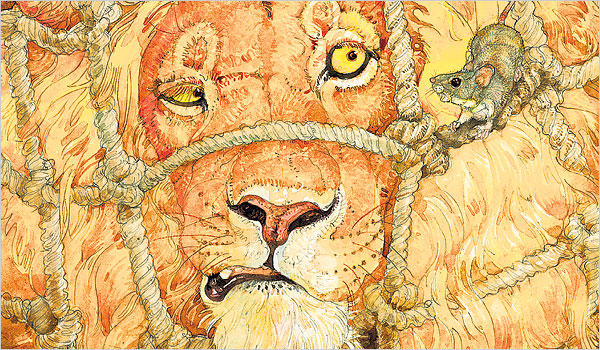
Can you imagine picking up a book, only to find there aren't any words, and that's exactly how it's designed to be? Wordless picture books are a growing genre, so you might find quite a few as you browse library shelves. Many people aren't quite sure what to do with them - how do you read a book with no words, and why?
Wordless picture books have massive benefits to comprehension - one of the target areas under Michigan's new Read by Grade Three law. Without words, children are able to use their understanding not only of the illustrations, but of how stories tend to work, in order to figure out what is happening on each page. As children read wordless books with caregivers, skills such as inferring, making connections, predicting, and questioning the author’s choices are being modeled. These are the skills that help build a strong, fluent reader.
They are also a great choice for pre-readers to build confidence in being the "reader." Children need to build positive relationships with books early, and feeling like they can handle a book just as well as the big kids and adults can be a great confidence boost that will be associated with books and reading.
Wordless picture books are also an amazing tool for building vocabulary. While picture books usually contain a wider variety of word types than simply talking to children, pointing out new descriptors or verbs that you see happening on a page can help reinforce uses outside of the printed word. It's also a great opportunity for children to stretch their vocabulary muscles by using the words they've learned elsewhere in context of a picture or story, rather than as an isolated concept.
Finally, wordless picture books are especially effective at prompting reading conversations, often called dialogic reading. If you see a picture of a lion caught in a hunter's net, from Jerry Pinkney's wordless The Lion and the Mouse, and the mouse is getting closer to the lion with each illustration, there are so many questions to ask! Here's a few:
- What is the lion feeling right now? Is he scared, frustrated? Hopeful that the mouse will help him?
- What is the mouse going to do? Would you do the same thing if someone was in a very difficult situation?
- What do you think the lion and the mouse are saying to each other right now?
- Where is this happening? Can we tell if it's at a zoo or in Africa? Could this happen around here?
So next time you see a wordless picture book, don't be afraid to pick one up! You and your child will have a lot to explore and learn in a small package. Here's a quick list of some of our favorites:
Follow a girl on an elaborate flight of fancy in a wondrously illustrated, wordless picture book about self-determination -- and unexpected friendship.
Flora and the Penguin by Molly Idle
Flora and her graceful flamingo friend explore the trials and joys of friendship through an elaborate synchronized dance. With a twist, a turn, and even a flop, these unlikely friends learn at last how to dance together in perfect harmony.
Two shy children meet at a noisy pool and dive beneath the crowd into a magical undersea land, where they explore a fantastical landscape and meet various creatures.
Three children go to a park on a rainy day, find some chalk, and draw pictures that come to life.
Wolf in the Snow by Matthew Cordell
When a wolf cub and little girl are lost in a snowstorm they must find their way home.




